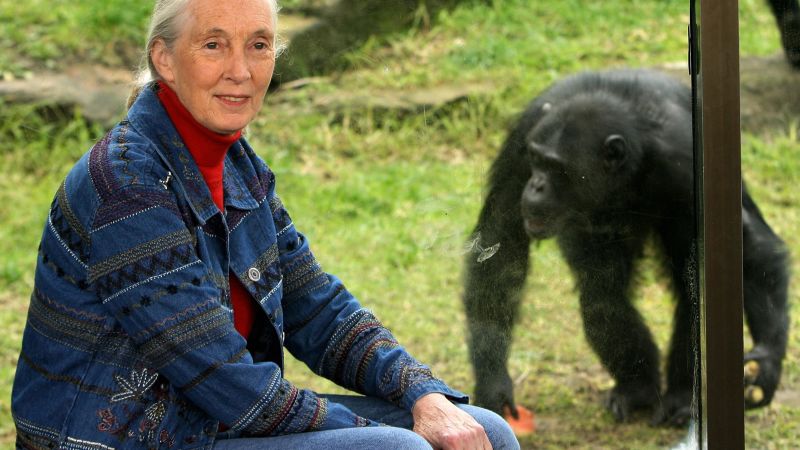Spain's birth rate has fallen to its lowest level since records began in 1941, provisional data from the National Statistics Institute (INE) showed on Wednesday, with just 322,075 babies set to be added to the country's population of 48. .6 million in 2023.
Last year's Spanish birth rate was down 2% compared to 2022, adding to a drop of almost 25% in a decade. This decline has left Spain with the second-lowest fertility rate in the European Union, 2021 Eurostat data shows, behind Malta.
Eurostat data showed that the rate in Spain is 1.19 live births per woman compared to the EU average of 1.53, both well below the 2.1 at which existing population levels would remain. .
THE AMERICAN BIRTH RATE IS FALLING, BUT NOT IN SOME STATES
Demographers and economists have urged Europe to rethink attempts to boost its flagging birth rate and some Spanish regions have introduced financial measures and tax breaks to encourage people to start families.
The Spanish birth rate has fallen again, reaching the lowest level since the National Statistics Institute began recording data in 1941. (REUTERS/Paul Hanna/File Photo)
“It is true that having children is no longer a generalized life aspiration. Women want to have a career, people want to do certain things before starting a family,” says Marta Seiz, a Madrid university professor specialized in family sociology, demography and inequality, he told Reuters.
Economic uncertainty, unemployment, low-quality jobs and skyrocketing housing prices are some of the reasons why Spanish women become pregnant later or have fewer children than they had originally planned, Seiz added.
CLICK HERE TO GET THE FOX NEWS APP
Although Spain has equalized paternity and maternity leave policies, Seiz stated that the measures are still insufficient.
The INE said the decline in births was related to a delay in the age of having children: the number of women over 40 who gave birth increased by 19.3% in the last decade. This age group currently gives birth to about 10.7% of all children, up from 6.8% in 2013.
Mothers under 25 years of age fell by 26% in the same period, representing only 9.4% of the total.












